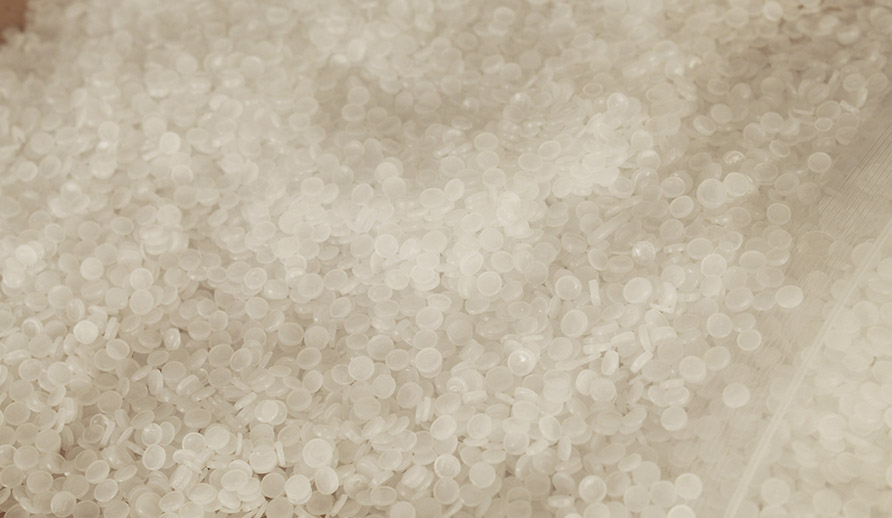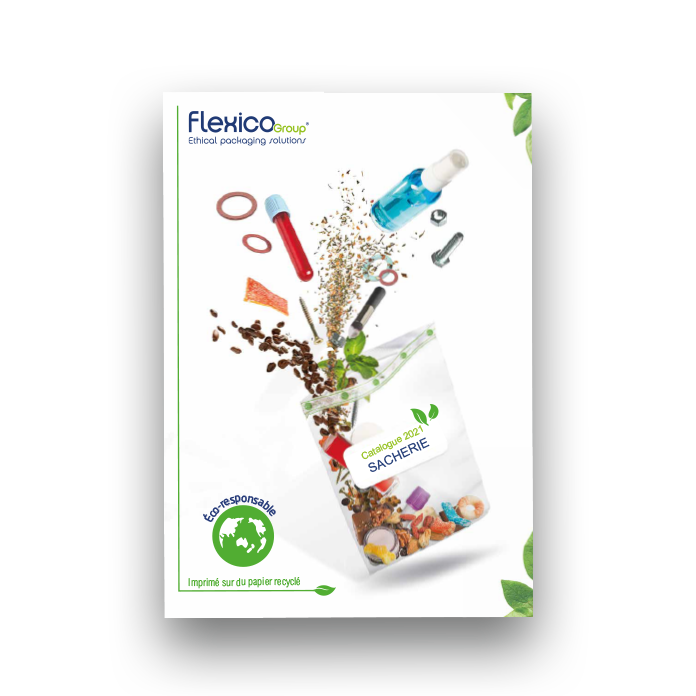While bulk food products are on the rise, it is worth remembering that packaging has contributed to the reduction of food waste. How can this be done? What are the limits? Answers in this article.
Food waste: definition and figures
What is food waste? It is all “food intended for human consumption which, at some point in the food chain, is lost, thrown away or spoiled”. However, it does not include any pre-harvest losses, as well as inedible waste such as bones, the skin of certain fruits, etc.
According to a study conducted by ADEME in 2016, this food waste reaches ten million tonnes per year in France. On closer inspection, this represents 30 kg per consumer in the household. However, thanks to packaging, this waste is contained. Without it, it would take on greater proportions.
Better preserved products thanks to packaging
Who has never seen, for example, a cucumber sold on the market well wrapped in a plastic box? And who hasn’t asked themselves the question: “why? An element of answer is given by a December 2017 report published by the National Packaging Council, the CNE. Cucumbers are mainly composed of water. However, its content decreases as soon as it is harvested, so that after three days, it becomes unsaleable. Thanks to the plastic film that surrounds it, its shelf life is extended by two weeks.
Tinned food, bricks and bottles are three other processes that allow for long storage. Sterilised by high temperature treatment, they have changed eating habits. It is now possible to shop less often, leaving more time for leisure activities.
Packaging makes it easier to use food in the short term
Take the example of a litre of milk or fruit juice in a carton or bottle. Once opened, this packaging allows the product to be stored for three to five days without loss of nutritional quality or taste. This gesture has become commonplace and automatic in modern society. No one asks the question of conservation anymore. We open, close and use at our own pace. This wonderful convenience is only possible thanks to packaging. They have revolutionised the way we consume by becoming resealable, protective…
Products protected by their packaging during transport
With globalisation and the import/export of foodstuffs, they are transported over very long distances and times. Such logistics therefore require precautions without which the products would arrive at their destination potentially unsaleable. Here again, packaging was the best response.
Containers, made of cardboard or plastic for example, protect foodstuffs, especially fruit and vegetables, from knocks, rotting, etc. They have been designed to be safe and to be used in the most efficient way. They have been designed with this in mind, taking advantage of numerous technological advances. Each type of foodstuff may in fact require different means of preservation. For example, for fruit and vegetables, microperforated plastic bags or selectively permeable packaging are used. For pastries, CO2 or ethanol emitting packaging technology is preferred. Finally, for dairy products or meat, packaging with antibacterial effects is used.
Packaging size limits waste
In addition to these different packaging techniques, the size of the packaging is also essential. Depending on the product, packaging in smaller or even individual portions can optimise the quantities purchased or unpacked, limiting food waste.
However, size reduction is not always recommended. The CNE study indicates that :
- the package has reached its minimum size if reducing it further would increase waste;
- the size of the package can be increased if it reduces waste.
The limits of packaging in terms of food waste
Food waste has decreased in recent decades thanks to packaging. However, it has not been eradicated. The benefits of packaging are outweighed by its drawbacks.
Firstly, when batches are too large, people tend to overestimate their real needs and therefore buy more food than they can consume. As a result, they throw away products that have reached their expiry date and are sometimes still packaged. This represents 7 kg per year per consumer.
In addition, packaging has led to longer transport distances and times. The products do not always arrive in good condition and become unsaleable. They are destroyed without even reaching the sales channels.
Thus, even if packaging has globally reduced food waste, it must be rationalised. The behaviours that have resulted from this progress have sometimes been pushed to extremes that have negated the efforts of recent years.
To find out more about Flexico’s waste management policy, visit the Flexico, an eco-responsible player page.


